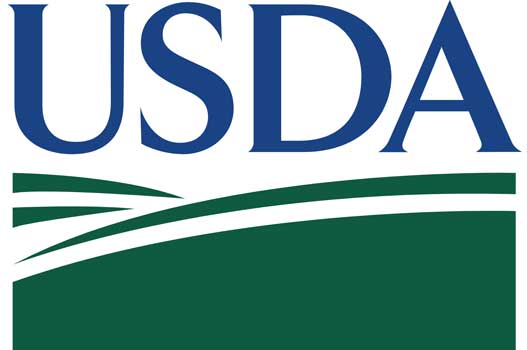|
Click to listen to this article
|
The U.S. Department of Agriculture (USDA) today announced an investment of $1.7 billion for purchase of locally and regionally produced foods and domestically produced foods for emergency food assistance.
Local Food Support
USDA is providing $1.2 billion for local food purchases that food banks, schools, and child care facilities will integrate into their meals for the coming year. This funding builds on previously provided local food support and creates new marketing opportunities for small- and mid-sized producers and food businesses. Past funding has provided much needed assistance to schools and food banks as they grapple with acquiring enough food to meet the needs of their recipients. Continued investment in local purchasing allows producers to expand, invest in infrastructure, and solidify new connections that support resilient regional food systems while providing healthy products to food recipients.
Of the funding, $500 million will be made available for states, territories, and Tribal nations to purchase local foods for emergency food providers and underserved communities, while another $500 million will allow school meal programs to make local food purchases. For the first time, USDA will also provide $200 million in funds specifically for child care facilities, which face similar challenges purchasing food as schools.
Support for Emergency Food Providers
USDA is providing $500 million to purchase domestic commodities for emergency food providers like food banks and food pantries. This latest round of funding, in addition to the nearly $2 billion previously provided in 2022 and 2023, will allow states to order American-grown commodities from USDA for emergency food providers. These investments and several other USDA actions to support emergency food providers will help ensure no one in America goes without the nutrition they need. Past domestic commodity support has enhanced food deliveries to emergency providers fighting food and nutrition insecurity while supporting American agriculture, and these funds continue that investment.

